After storm No. 13, processing factories in the province also increased purchases of noodles, helping to reduce consumption pressure on growers.
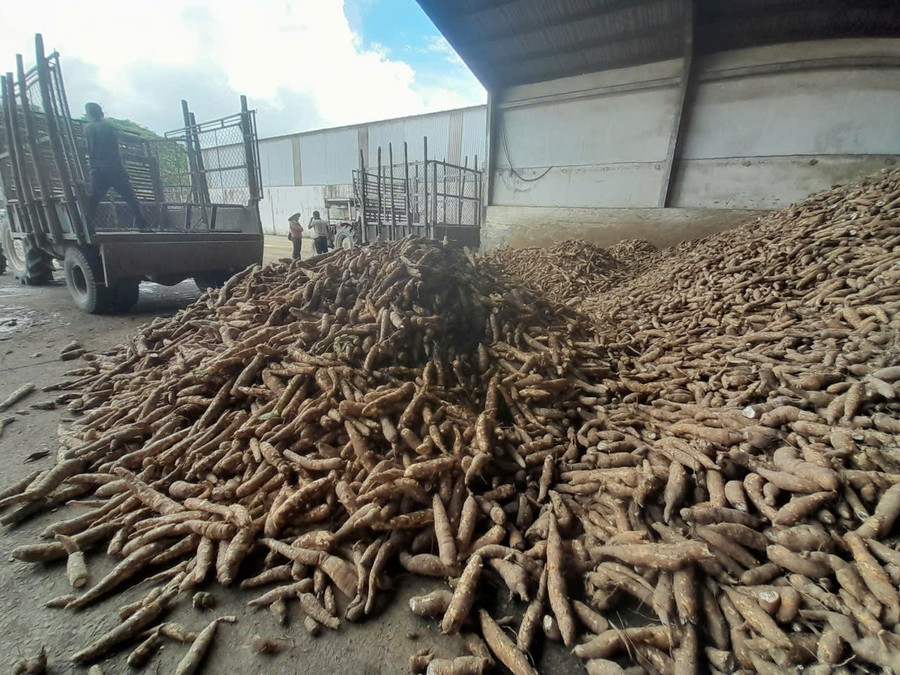
According to the Department of Crop Production and Plant Protection (Department of Agriculture and Environment), this year, the whole province has more than 85,000 hectares of land for growing cassava, of which the Eastern region has about 9,000 hectares. Cassava is harvested from November this year until March next year. The average yield of the whole province is 21.6 tons/ha, the investment cost is about 25 million VND/ha, the profit fluctuates between 20-25 million VND/ha/crop.
Prices down, farmers still make profit but worry about uncertainty
In Van Canh commune, Mr. Nguyen Duc Tho planted 25 hectares of KM94 cassava and has harvested more than 20 hectares. He said that this year the weather was favorable, with a yield of about 22 tons/ha. However, the purchase price was only 2,000-2,100 VND/kg (cassava under 30 degrees of flour), much lower than the 3,300 VND/kg at the beginning of last year's crop.
“This year’s price is not too low but not too high either. Farmers do not lose money but the profit is not significant. It is not like in 2023 when cassava prices reached nearly 4,000 VND/kg,” Mr. Tho shared.
Ms. Ha Thi Nhu Nguyet, in the same commune, grows 5 hectares of cassava, with a yield of more than 20 tons/hectare. She sells it for 2,300 VND/kg (30-degree cassava), a decrease of 400 VND/kg compared to the same period last year.
"Farmers still make a little profit, but if prices keep falling like they are now, it will be difficult to stabilize production," Ms. Nguyet said, a bit worried.
Factory increases purchases to support people to overcome difficulties
Nguyen Liem One Member Co., Ltd. (factory located in Van Canh commune) is purchasing noodles at 2,300-2,500 VND/kg for noodles with 30 degrees of flour. The company imports 400-500 tons per day.
Mr. Mai Dinh Chuong, Deputy Director in charge of raw material areas, said: "The price in the context of the current sharp decline in the starch market is relatively stable. We buy at a price 200-250 VND/kg higher than other facilities to support people."
However, Mr. Chuong was also frank: The current price of noodles is about 500-700 VND/kg lower than the same period in 2024 because the price of starch exported to China is only 8,500-8,700 VND/kg, while Laos sells fresh noodles for only 1,500 VND/kg. With a processing ratio of 3 kg of fresh noodles/1 kg of starch, domestic factories almost have to "bear losses" to maintain operations.
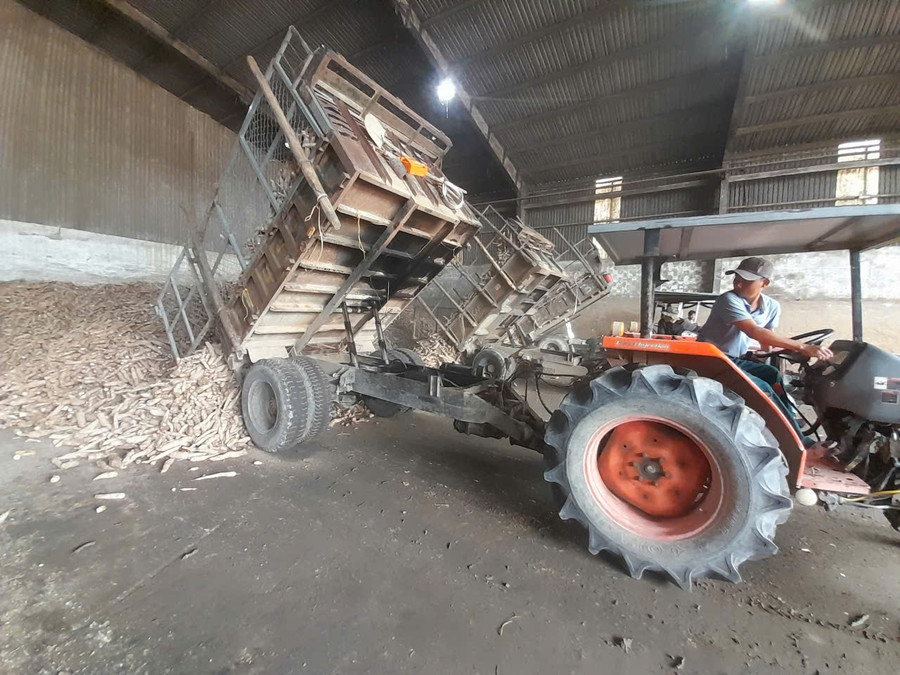
In Vinh Quang commune, Nhiet Dong Tam Vinh Thanh Cassava Starch Company Limited is purchasing cassava starch at 30 degrees of starch at a price of 2,000-2,200 VND/kg, and supporting transportation costs of up to 120 VND/kg for remote areas.
Mr. Tran Minh Thuong, Deputy Director of the Company, said: “The export market is difficult, heavily dependent on China. Domestic output is not much, while Gia Lai alone has 9 processing factories. Competition is very fierce.”
Towards developing sustainable noodle raw material areas
In 2024, the country will have 517,700 hectares of cassava, of which Gia Lai alone accounts for nearly 17% of the country's output with 86,621 hectares, reaching 1.82 million tons. In 2025, the area will slightly decrease to 85,420 hectares due to restructuring. Currently, the whole province has 9 cassava starch factories with a capacity of 1,800 tons of finished products/day, contributing to job creation and poverty reduction in 113 communes and wards with raw material areas. However, the cassava industry still faces many challenges: fragmented production, limited application of science and technology, lack of high-yield varieties and especially the viral mosaic disease that has spread strongly since 2018, with no specific treatment.
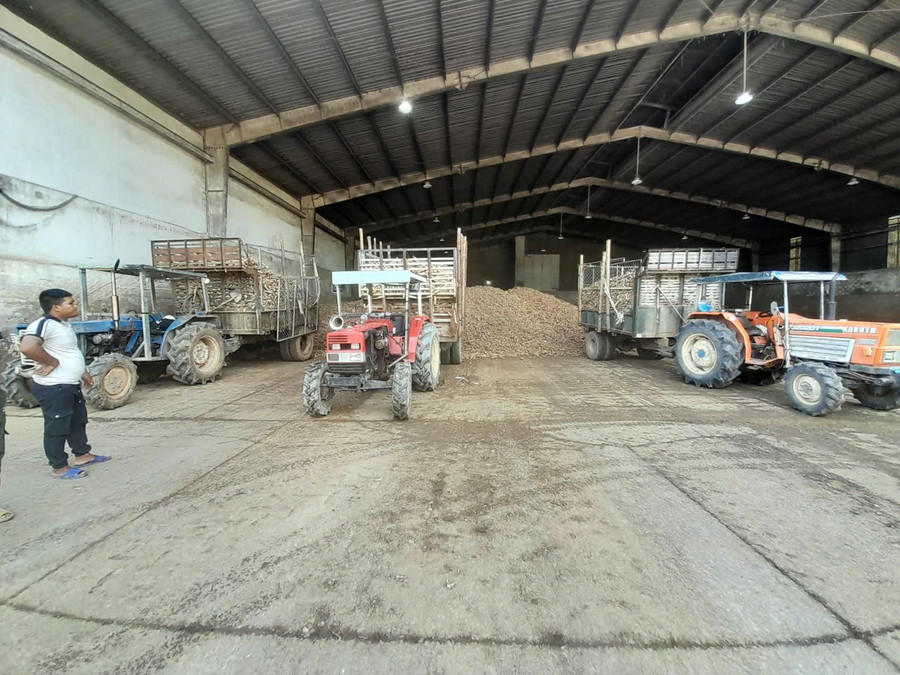
The Gia Lai cassava industry is entering a period of strong restructuring for stable and long-term development. Vice Chairman of the Provincial People's Committee Duong Mah Tiep emphasized that the province encourages the development of cassava in areas and places that ensure the application of scientific and technical advances and mechanization in production, in order to improve cassava productivity and quality. At the same time, cassava is only grown in areas and places with intensive farming conditions; all cassava areas on high slopes on forestry land (destroyed forests) are converted to afforestation and other more suitable crops with higher economic efficiency.
The province will also focus on building a sustainable cassava material area, linking production with processing and consumption in a complete value chain. In the period up to 2030, Gia Lai aims to maintain and stably develop a material area of about 80,000 hectares of cassava, with an output of more than 2 million tons of fresh tubers, aiming to improve quality and meet the requirements of the export market.
According to Mr. Tiep, the province continues to encourage economic sectors to invest in building new or upgrading factories processing products from noodles (starch, ethanol, MSG, etc.). At the same time, encourage the development of enterprises processing confectionery, glucose syrup, instant noodles, animal feed, etc. using noodles and tapioca starch as raw materials, in order to diversify output and increase the value of the product chain. Prioritize the use of new and advanced technologies in cassava processing to improve quality, maximize the use of by-products, and protect the environment.
One of the important tasks is to build a close production linkage system between enterprises and farmers, especially in the stage of breeding disease-free seeds, mosaic disease-resistant seeds and forming large-scale seed production areas in each locality.
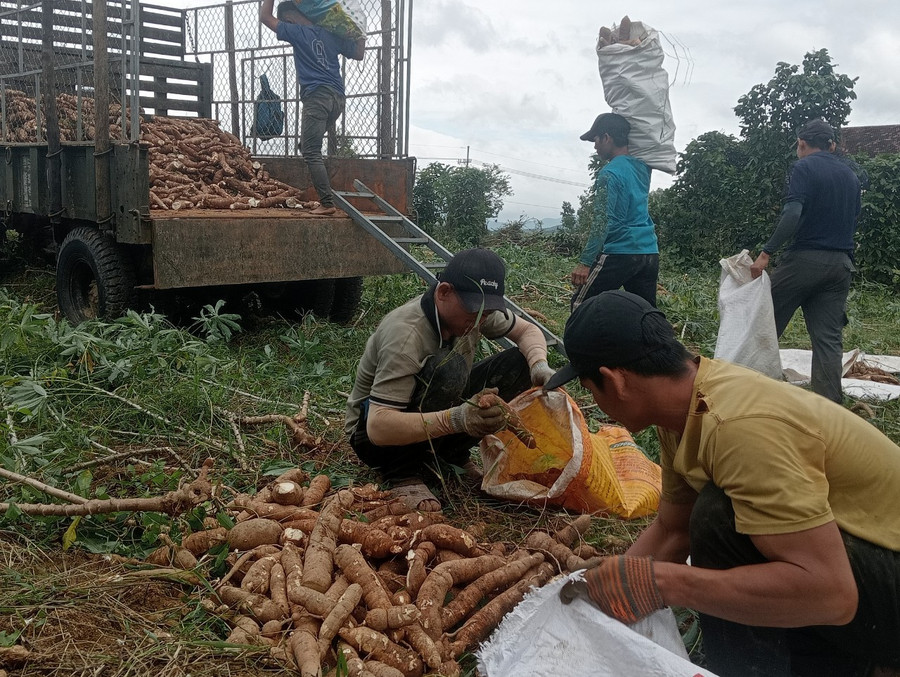
Mr. Tiep also requested to increase mechanization, apply science and technology in planting, harvesting and processing to improve land use efficiency and people's income. Along with that is the orientation to build brands and geographical indications for the province's noodle products, meeting quality standards, designs and specifications according to domestic and international markets. These solutions will create a foundation for the local noodle industry to develop in a modern and sustainable manner, ensuring harmony of interests between farmers, businesses and localities.
Source: https://baogialai.com.vn/doanh-nghiep-tang-thu-mua-tinh-dinh-huong-phat-trien-ben-vung-post572277.html



![[Photo] Prime Minister Pham Minh Chinh meets with representatives of outstanding teachers](https://vphoto.vietnam.vn/thumb/1200x675/vietnam/resource/IMAGE/2025/11/15/1763215934276_dsc-0578-jpg.webp)
![[Photo] General Secretary To Lam receives Vice President of Luxshare-ICT Group (China)](https://vphoto.vietnam.vn/thumb/1200x675/vietnam/resource/IMAGE/2025/11/15/1763211137119_a1-bnd-7809-8939-jpg.webp)



![35 years of building a high-quality herd: [Part 1] Crossbreeding journey](https://vphoto.vietnam.vn/thumb/402x226/vietnam/resource/IMAGE/2025/11/16/1763280452986_0239-3-160957_743.jpeg)







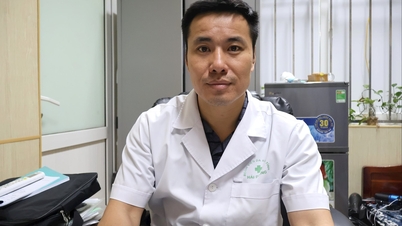




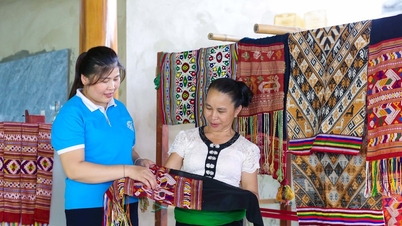

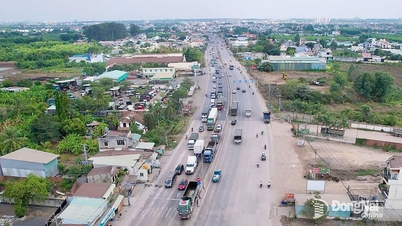



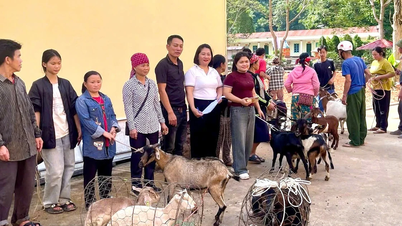






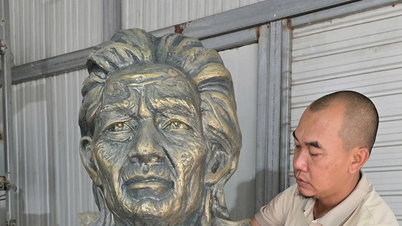

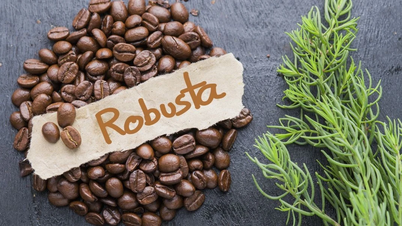














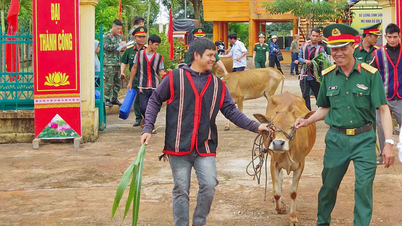







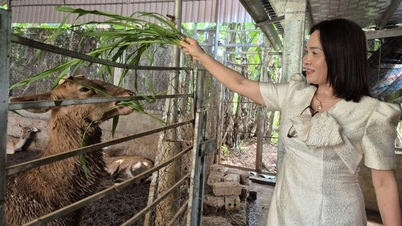


























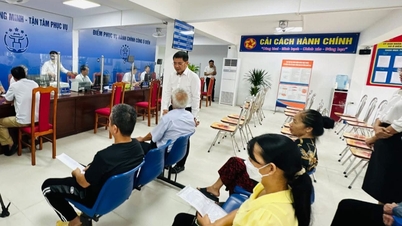






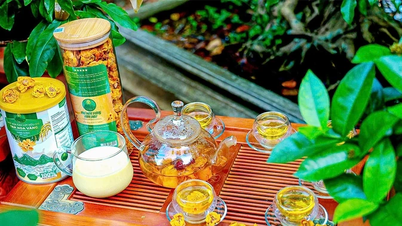


















Comment (0)